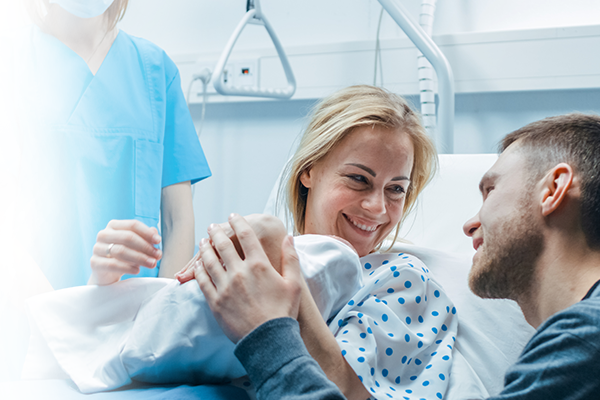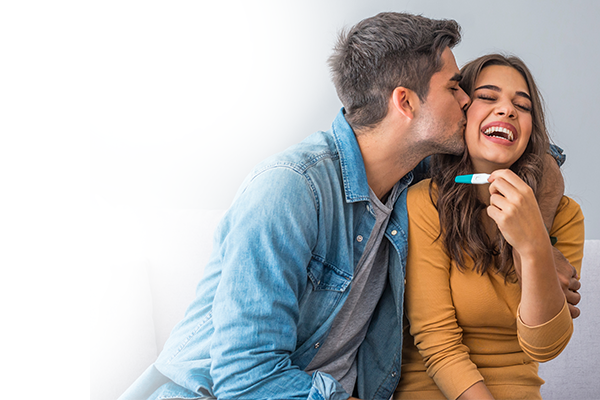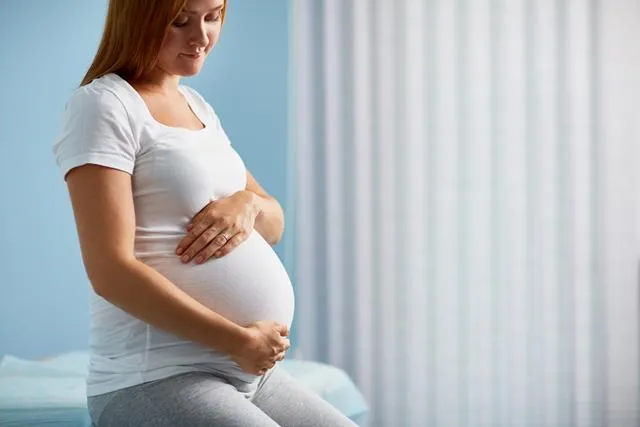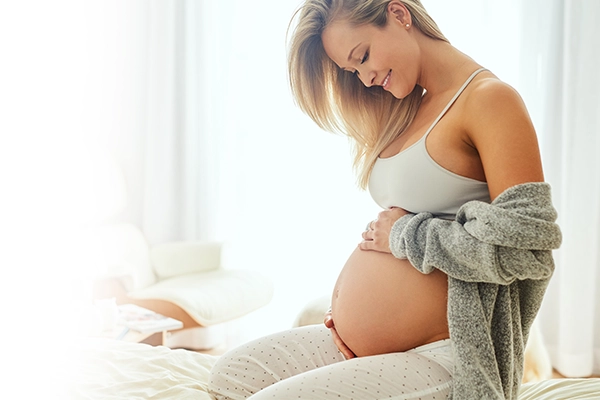Parents expecting a baby wonder how childbirth goes and looks, and what the symptoms are. Many people fear that they will miss its onset, but also the pain that a woman experiences during a natural childbirth. Childbirth, although it can last either a few hours or several, always consists of the same periods. Every woman has different feelings about her labor, but it is useful to know how labor begins and what it looks like step by step.
Childbirth contractions vs. predictive contractions-differences
A woman has been experiencing predictive contractions since about 38. One week of pregnancy. Earlier, Alvarez contractions and Braxton- Hicks contractions occur from about 20. of the week. However, their strength and intensity are much less than those at the end of pregnancy or during labor.
Labor contra ctions are different from predictive contractions, among other things. The intensity of the pain. They are stronger and appear with greater frequency. Premonitory contractions pass after time, and labor contractions, on the contrary, intensify with the passage of time. Labor contractions cannot be inhibited with diastolic drugs. Only if they appear too soon, between 24. a 34. week of pregnancy, doctors withhold them for up to 48 hours with tocolytic drugs. This is done so that doctors can administer steroids, which allow the newborn to develop its lungs faster and reduce the risk of complications associated with prematurity.
First signs of childbirth
Toward the end of pregnancy, many women notice the so-called “baby bump. lowering of the abdomen. The bottom of the uterus reaches its highest at 36. A week, more or less, to the end of the sternum. About 40. Week lowers 2 centimeters lower, which means that the baby is descending and preparing for delivery. An easily recognizable sign of labor beginning is the outflow of fetal waters, which in most cases ooze gradually. If the amniotic fluid is greenish in color, go immediately to the emergency room of the maternity hospital. Some moms-to-be complain of diarrhea before giving birth, as well as vomiting. Often back pain and sacroiliac pain are also exacerbated. On gynecological examination, the signs of labor beginning are a soft, mature cervix and its dilation.
Periods of childbirth
Cervical dilation is the first period of labor. It lasts from the beginning of regular uterine contraction activity until the uterus is fully dilated, or 10 centimeters. The nascent baby is pushing against the cervix, which is shortening and dilating. There may be spotting or bleeding.Between the first and second periods, the fetal membranes usually rupture, and if this occurs before the onset of contractions it is referred to as PROM (premature rupture of membranes). In some situations it may be necessary to pierce the fetal bladder, i.e. amniotomy. Period two ends with the birth of a newborn. This is the time of parturition contractions to help the baby pass through the birth canal. For this, the cooperation of the mother with a midwife or gynecologist is essential. A woman should push only during contractions instructed most often by medical personnel, and in between contractions breathe and gather strength.
The next period is the expulsion of the afterbirth-the placenta and fetal membranes. It lasts a maximum of 30 minutes. The woman then feels slight contractions of the uterus, which shrinks after delivery. This is necessary because uterine atony – that is, the failure of the uterus to contract – can lead to dangerous hemorrhage. For this reason, gynecologists administer5 units of oxytocin to a woman after giving birth, which stimulates uterine contraction.
The final phase of labor is a 2-hour observation of the woman and her basic parameters such as blood pressure, heart rate and the intensity of bleeding from the genital tract. That’s when, if there is a rupture or incision in the perineum, the doctor or midwife sews it up, usually after local anesthesia.
Anesthesia during childbirth
According to the current organizational standard of perinatal care, every woman in labor has the right to methods of alleviating labor pain. Both pharmacological agents and non-pharmacological methods are available. A very popular way to relieve labor pain is epidural anesthesia. It is feasible to perform when the dilation is between 4 and 8 centimeters. It is important to remember that every woman has a different experience with different methods, and no method erases labor pain 100 percent. This is due to the need to work with medical personnel in II. period of labor, when a woman should feel the coming contractions of the uterus.
Postpartum
After the baby is born and unbuttoned, most often the baby ends up on the body of the mother, who “fangirls” him. Skin-to-skin touch is very important, among other things. In building a newborn’s bond with its mother. After delivery, neonatologists assess the baby’s general condition, using, among other things. from the Apgar Scale, and if necessary make interventions such as respiratory support or de-breathing. If the pregnancy and delivery proceeded without complications, the initial examination can take place while the newborn is lying with the mother. If there is something that worries specialists, the baby can be taken for additional examinations and the kangaroo time is shortened. In some hospitals, the examination by a neonatologist or pediatrician takes place before the newborn is handed over to the mother.
Cord blood collection
If the Parents have decided to collect the baby’s cord blood, after birth, when the umbilical cord stops pulsating the midwife collects the material. It is a completely safe and painless procedure for both mom and baby. It also does not affect the timing of the cutting of the umbilical cord and the collection of cord blood is also possible after the so-called “cord blood collection”. Late unbuttoning. The kit needed to collect the material is given to the staff by Parents on admission to the hospital. For more information, click here.
Rate this article:











